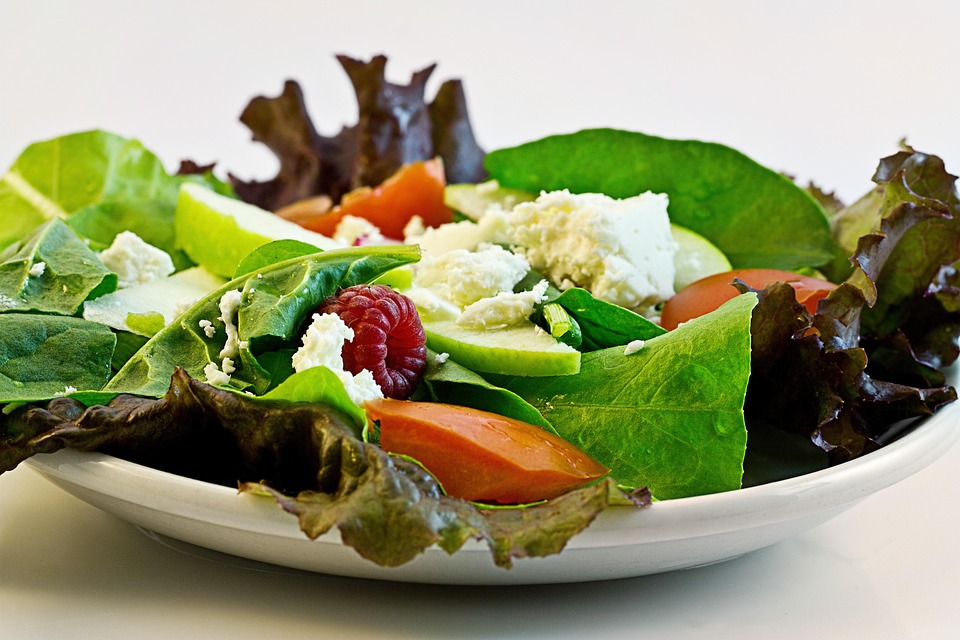When it comes to cooking, especially in the realm of vegetarian cuisine, the right herbs and spices can turn a simple dish into a culinary masterpiece. While staples like basil, oregano, and garlic are beloved for good reason, there exists a treasure trove of unique herbs and spices around the world that can elevate vegetarian dishes to new heights. This article will explore some lesser-known flavor enhancers along with tips on how to use them to create delicious meals that excite the palate.
1. Sumac: The Tangy Jewel
Sumac is a Middle Eastern spice that brings a slightly tart and lemony flavor to dishes. Its vibrant red color adds a visual appeal, making it perfect for sprinkling over salads or grilled vegetables. To incorporate sumac, try tossing it with roasted chickpeas or adding it to your favorite vinaigrette for a zesty kick.
Tip: Sumac pairs exceptionally well with zucchini and eggplant. Try dusting sliced vegetables with sumac before grilling for an aromatic side dish.
2. Garam Masala: A Warm Embrace of Flavors
Originating from the Indian subcontinent, garam masala is a blend of spices typically including cardamom, cloves, cinnamon, and cumin. This fragrant blend can transform a simple vegetable curry or lentil dish into a comforting and deeply flavorful experience.
Tip: Use garam masala when sautéing veggies or to season roasted potatoes. A little goes a long way, so start with a teaspoon and adjust to taste.
3. Fenugreek: A Sweet-Maple Surprise
Fenugreek leaves are a key ingredient in many Indian and Middle Eastern dishes. Known as "methi," the fresh leaves have a distinct, slightly bitter flavor, reminiscent of maple syrup. Dried fenugreek seeds, on the other hand, have a nutty taste and are often used to season stews and dals.
Tip: Incorporate fresh fenugreek leaves into your spinach dishes or use dried seeds to enhance the flavor of lentil soups.
4. Kaffir Lime Leaves: Citrus with a Twist
Kaffir lime leaves are a staple in Thai cooking, providing an aromatic citrus flavor that cannot be replaced. Adding them to soups, curries, or stir-fries infuses a delightful freshness that elevates the overall dish.
Tip: For maximum flavor, bruise the leaves before adding them to your dishes. Remember to remove them before serving, as they can be tough.
5. Szechuan Peppercorns: A Numbing Heat
Szechuan peppercorns are not true peppercorns; instead, they are the dried husks of the prickly ash tree. Known for their unique numbing heat, they can add an extraordinary depth of flavor to vegetarian stir-fries and sauces.
Tip: Toast the peppercorns lightly before grinding or using them in marinades to release their aromatic oils. Pair them with tofu for an unforgettable dish.
6. Tarragon: An Anise-Like Delight
Tarragon is often overshadowed by more common herbs, but its distinctive flavor reminiscent of anise makes it a superb addition to many dishes. Use tarragon to brighten up dressings, marinades, or to dress roasted vegetables.
Tip: Fresh tarragon pairs beautifully with mushrooms. Try tossing sautéed mushrooms with tarragon for a simple yet gourmet side.
7. Ajwain: A Pungent Surprise
Ajwain, also known as carom seeds, has a strong flavor similar to thyme, making it particularly useful in Indian cooking. It’s excellent for adding depth to lentils, beans, and vegetable dishes.
Tip: Toast ajwain seeds before using them to unlock their flavor, and add them to dough for breads or enhance the flavor of your veggie patties and fritters.
Conclusion
Using unique herbs and spices in vegetarian cooking opens up a world of flavor possibilities. By experimenting with these lesser-known ingredients, you can transform everyday vegetables into aromatic, mouthwatering dishes that excite the senses. So, the next time you find yourself in the kitchen, don’t shy away from adventure—explore these flavor twists to elevate your vegetarian meals and bring a touch of global cuisine to your dining table. Happy cooking!



